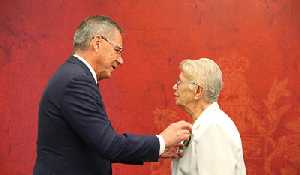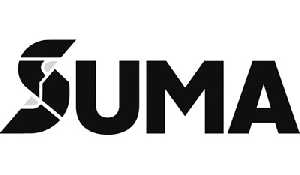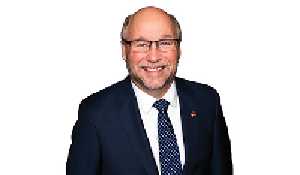Over Saskatchewans objections Feds lock in equalization formula for five years
June 26, 2018, 2:12 am
Kevin Weedmark


While Saskatchewan Premier Scott Moe was calling for a new approach to equalization last week, the federal government renewed the equalization formula to keep it in its current form to 2024.
The governments of Saskatchewan and Alberta, which are considered “have” provinces under equalization despite the downturn in the oil economy, proposed modifications to the program. But federal Finance Minister Bill Morneau’s office said a five-year renewal of the program, mostly in-line with the formula that exists today, will come into force in April, 2019, after the Budget Implementation Act received royal assent on Thursday.
Moosomin MLA Steven Bonk said the current equalization formula is flawed.
“It’s a flawed program in its current state. There’s a three-year lag in the way the payments are calculated. So if the economy is doing well, and then resource revenues fall like we’ve seen in Saskatchewan, there’s a three-year lag so it’s not and effective program for Saskatchewan. There are other provinces that are doing relatively well that are balancing their budgets on the back of Saskatchewan. The program needs to be reworked to be more equitable.
“It’s not logical at all. In Quebec they have subsidized day care which is paid for with equalization. They received $11 billion last year in equalization payments. To put that in perspective, Saskatchewan’s entire budget is $14 billion. It just shows you it’s easy to offer programs and services and balance your budget when you have a large percentage of your revenues coming from equalization.
“One of the provinces suffering the most under the current formula is Newfoundland. They have a very high unemployment rate at the moment because of the downturn in resource revenue and yet they’re paying into equalization.”
“I definitely think they should look at it. In fairness to all Canadians it really does need to be looked at. An equalization formula like Premier Moe has proposed would allow all Canadians to share in the wealth of Canada, and it would be on a much more logical and thought out process compared to what we have now.”
Bonk said he and other MLAs don’t understand why the federal government would enshrine the current formula in legislation while a proposal for reform is being discussed.
“My colleagues and I are having trouble understanding the thought process of the federal government. We would like to work with them on many issues, and we do, but we do struggle to find the same path. This proposal was brought forward to re-evaluate what is happening and look at how we could make it better.”
Dan Lauzon, a spokesman for Morneau, said the renewal has been in the works for a long time.
“The process of renewal began long ago,” he said. He said there was mention of the renewal in the February federal budget, in letters to provincial finance ministers, and specifics were laid out in the Budget Implementation Act.
Premier Scott Moe said he was surprised that the equalization formula was included in the budget legislation. “That would be news to me. It’s my understanding that the time for a decision for the five-year review is 2019,” he said.
Saskatchewan Finance Minister Donna Harpauer had indicated both at a finance ministers meeting in December, 2017, and afterwards through correspondence, that the province is not satisfied with a status-quo renewal of the program. In a March response letter to Ms. Harpauer, Mr. Morneau wrote that Ottawa “proposes to maintain the main program parameters,” with some technical changes.
“Saskatchewan was aware that the federal government was in favour of a status-quo formula, but was at no point formally notified of renewal in the federal budget, and we are unaware of anywhere that the federal government has publicly reported that the equalization formula had been renewed,” Jim Billington, press secretary for Scott Moe, said Thursday. “Further, there is nothing stopping the federal government from listening to the concerns of provinces and revisiting renewal in legislation prior to the April 1st, 2019 renewal date.”
Equalization is a $19-billion federal program that distributes federal cash to provinces and territories with below-average fiscal capacity. Provincial governments do not pay anything into the program, it is funded by federal taxes.
This year, Quebec will receive the lion’s share of equalization payments, at $11.7 billion. The “have” provinces that receive no equalization payments are British Columbia, Alberta, Saskatchewan and Newfoundland and Labrador.
“Have” provinces with economies strongly linked to resource extraction have expressed concern that while their citizens have contributed billions through federal taxes to the program, the provinces themselves haven’t benefited properly as their economies have weakened in recent years. Resentment over the structure of the program has grown as major energy infrastructure projects such as the Energy East pipeline and the Trans Mountain expansion have been hindered by opposition from municipal and provincial governments, or protests, in other parts of the country.
Newfoundland and Labrador, where unemployment sits above 14 per cent, doesn’t qualify for equalization. Moe’s “50-50 Formula” proposal would see the equalization program changed so that only half of the funds are distributed in the same manner as now, while the rest gets distributed on a per capita basis.



































